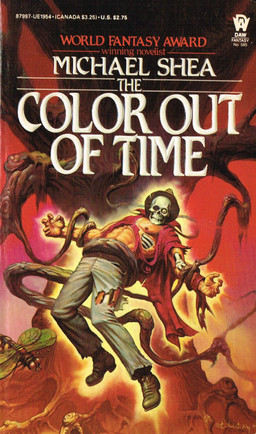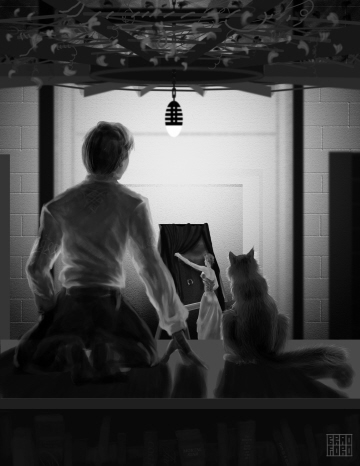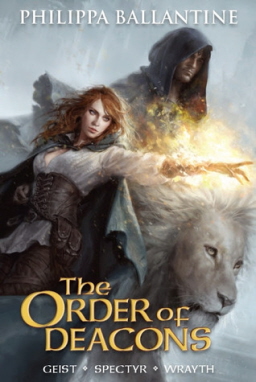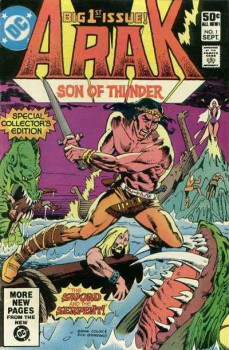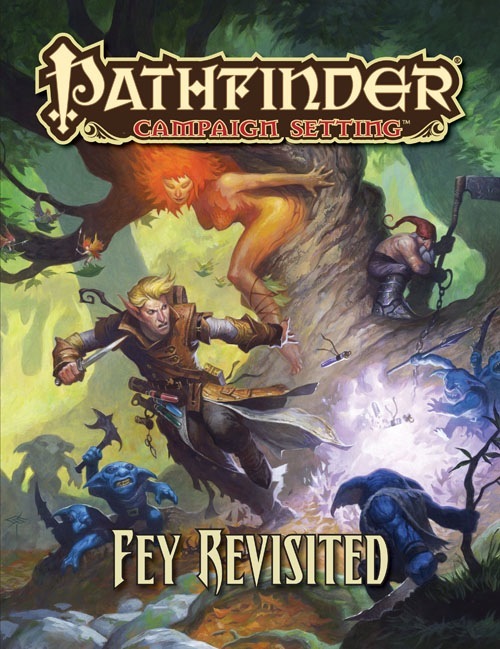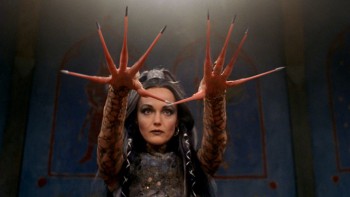Goth Chick News: New Music from Our Orchestral Crushes
 Did you really think a Goth Chick would have a thing for One Direction or NKOTB? Okay, forget I even know who they are in the first place; there are some things you just cannot escape when you spend all your free time studying pop culture.
Did you really think a Goth Chick would have a thing for One Direction or NKOTB? Okay, forget I even know who they are in the first place; there are some things you just cannot escape when you spend all your free time studying pop culture.
Nope, instead it is imperative that as purveyors of the dark and disturbing we crush on the equally dark and disturbing musicians who write and play tunes that worry people older than us and align with our own personal, parent-scaring idioms.
Which is precisely why I am Midnight Syndicate’s devoted Chicago-area groupie.
Whether they like it or not.
For almost two decades, composers Edward Douglas and Gavin Goszka have been known as Midnight Syndicate, creating symphonic soundtracks for the secret dimensions of our minds’ eye (cue lightning and thunder clap).
To many of their fans, they are Gothic music pioneers, brewing a signature blend of orchestral horror music and movie-style sound effects. To others, they remain the first “haunted house band” that forever changed the Halloween music genre and became a staple of the October holiday season.
And still others know them as the duo that teamed up with Hasbro and Wizards of the Coast to produce the first official soundtrack to the legendary Dungeons & Dragons roleplaying game, or the lucky devils who created the ear candy for Hugh Hefner’s Playboy mansion Halloween bashes.

